Asteraceae
Showing 37–48 of 63 results
-
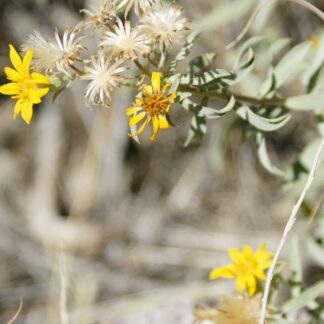
Heterotheca villosa / hairy goldenaster
- yellow composite with 10-20 ray florets, orange-brown disk
- hairy leaves and stems
- blooms throughout season, often densely
- disturbed and challenging habitats
-
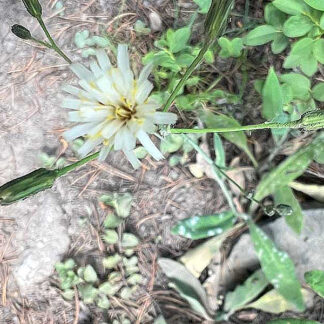
Hieracium albiflorum / white hawkweed
- white, dandelion-like flower; up to 50 per plant
- 6-25 florets
- square-end petals each with 4 small notches
- hairy stems and basal leaves
- shady openings in dry forests
-

Hieracium aurantiaca / orange hawkweed
- orange dandelion-like flower
- petals square ended with small notches
- hairy leaves, stems and involucres
- found in many habitats, sometimes in excess
-
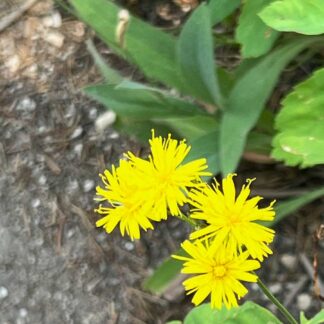
Hieracium scouleri / western hawkweed
- dandelion-like yellow flower heads
- square-ended petals; long stamens with split ends
- central yellow "button"
- hairy all over, especially on leaves and lower stem
- blooms all summer
-

Lactuca pulchella / blue lettuce
- looks like prickly lettuce, but blue and without prickly stems or leaves
- clonal from spreading roots
-

Lactuca serriola / prickly lettuce
- numerous dime-sized yellow flowers in an "airy" panicle
- buds droop or hang in a "shepherd's hook" before opening
- seed heads are dandelion-like, but more delicate
- highly divided, prickly leaves
- mostly in "waste" areas
-
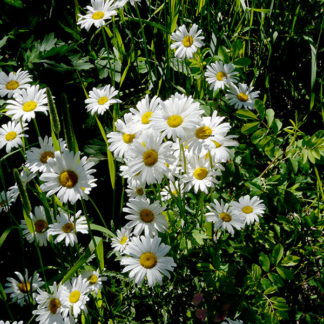
Leucanthemum vulgare / oxeye daisy
- bright, white "petals", 2-3" across; yellow centers
- s/he loves me, s/he loves me not
- glossy green, spoon-shaped leaves in a 2 foot dome
- may form large colonies
- potentially wide spread
-

Madia glomerata / mountain tarweed
- stems, leaves, flowers - strongly aromatic, like tar
- sticky glandular hairs cover foliage and floral bracts
- flowers in clusters with 1 to 3 yellow ray florets
- disk florets retain visible petals; black stamens
-

Packera cana / woolly groundsel
- yellow, daisy-like blossoms with 8-13 ray florets ("petals")
- golden, central disks
- blossoms in flat-topped clusters of up to 15
- mostly basal leaves - unlobed, hairy, ovate, up to 2 inches long
- overall silvery appearance
-

Packera multilobata / lobeleaf groundsel
- deeply lobed leaves, mostly at the base of the plant
- bright yellow daisy-like flowers, 10-30 in a cluster per plant
- orange-yellow disk florets
- woodlands, foothills, and generally dry/ sandy/ rocky places.
-
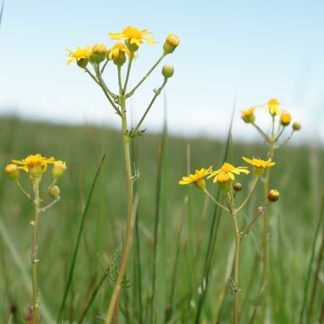
Packera pseudaurea / falsegold groundsel
- yellow, flat-topped cluster of daisy-like flowers
- oval, erect basal leaves with long petioles and round/blunt-toothed edges
- generally in moist to wet habitats
-

Packera streptanthifolia / Rocky Mountain groundsel
- yellow-flowered composite; "flowers" on branched inflorescence
- 8-13 half-inch ray florets, usually spaced apart
- thick, spatula-shaped basal leaves without teeth or clefts
- thin, often deeply lobed stem leaves
- dry woodlands and rocky places
Showing 37–48 of 63 results